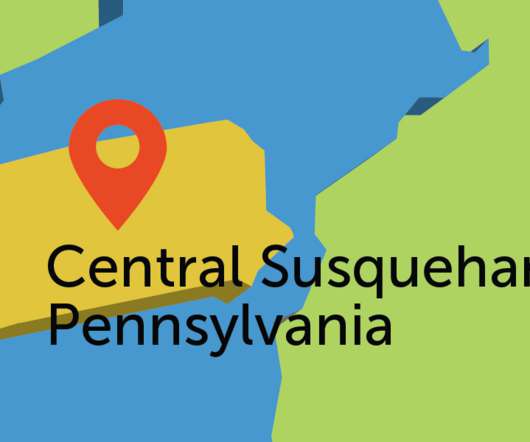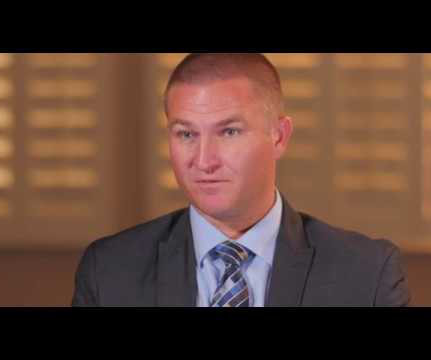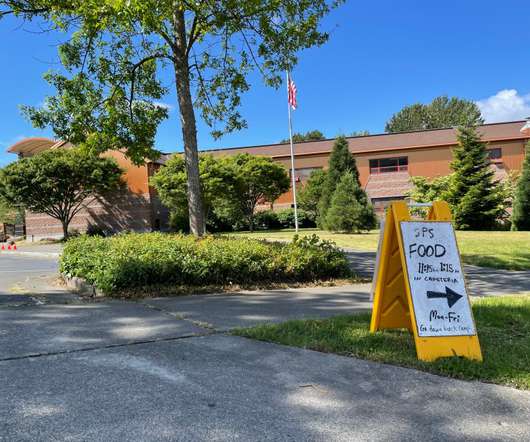4 ways we can use edtech for engaging, high-quality learning experiences
eSchool News
FEBRUARY 10, 2023
Edtech is booming, with 40 times more venture capital invested in the sector in 2021 than in 2010. Close the Digital Gap for Students As technology becomes more ingrained in education, the digital divide is becoming an ever-larger driver of educational inequity. Hate it or love – technology in education is here to stay.






















Let's personalize your content